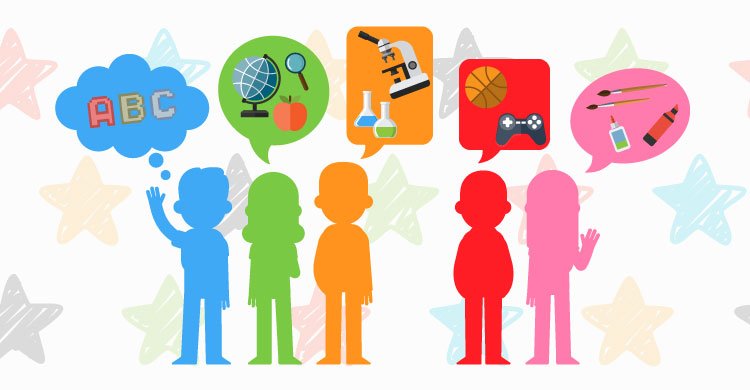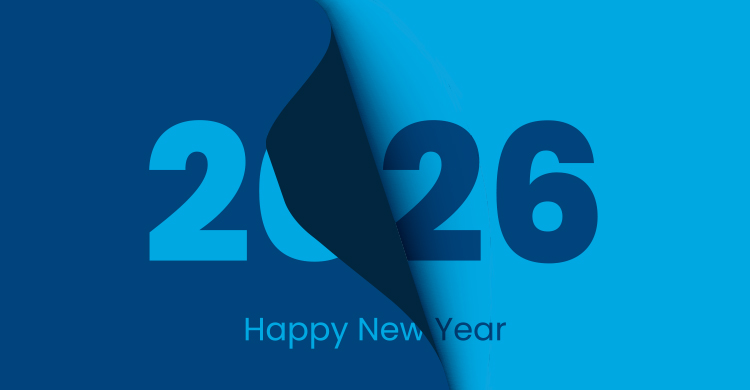Ask the average family of five sitting around the dinner table if directives given by Mom or Dad are heard and delivered in the same way by their children, and I would wager big money that the answer would be a resounding “No way!” Very simply, attention span, learning style, willingness to engage, and just plain personal interest are just a few of the factors that contribute to getting a productive family response.
Now step away from the kitchen table and enter a classroom of 25 students, where those same factors play into the final product. Can we agree that not all those students engage, create, commit, or produce a similar product based on what they hear or what they are able to do, show, or tell while being directed by the teacher? The answer is a definitive “YES!” Due to the diverse populations of students each teacher encounters day to day within the classroom, adapting learning to meet the many and varied degrees of proficiency of each student can be extremely difficult.
In our book, A Handbook for Unstoppable Learning, Dr. Nanci Smith and I, as co-authors, have shared multiple, user-friendly tools to not only meet the diverse needs of learners but provide successful skills and strategies that support the busy lives of our teachers who work tirelessly to adapt instruction through differentiation. We have identified seven interrelated areas necessary for school and classrooms to function effectively (Fisher and Frey, 2015) and provided a plethora of simple steps and strategies to use immediately as school teams choose to work smarter in interdependent, collaborative teams preK‒12.
7 Steps to “Systems-Thinking” Success:
- Planning
- Launching
- Consolidating
- Assessing
- Managing
- Leading learning
- Adapting learning (which is chapter 5 of the book and full of immediate-use ideas)
Planning for Differentiated Instruction:
Examine Your Teaching Approach
As educators teach the content, one of the very first tasks to tackle is to examine their teaching approach, whether traditional or moving toward a more differentiated learning environment. Teachers may read about many differentiated “activities,” but unless the structure and philosophy of their instruction directly aligns with their teaching method, differentiation may or may not be a reality. We suggest starting with these questions (pp. 95‒96), either individually or as a grade level or content team. Discuss your current instructional practices and determine which sound most like you.
| What is Your Philosophy of Instruction? | |
| Traditional | Differentiated |
| “Teaching and covering content are my first priorities.” | “Since student learning is my focus, the way I teach is contingent upon student needs and fidelity to a guaranteed and viable curriculum.” |
| “Learning goals are the same for all students.” | “Learning targets are adjusted by student needs, but the goal is grade-level proficiency and beyond.” |
| “The textbook is the foundation for information.” | “The world is our classroom, and we use multiple resources for learning.” |
| “Whole-classroom instruction is most beneficial and manageable for me.” | “Students learn through whole-group, small-group, individual, and flexible-learning groups on a consistent basis.” |
| “All students are expected to complete the same learning tasks.” | “I intentionally design a variety of tasks so students do, show, and tell their understanding in different ways.” |
| “I provide academic enrichment by giving more content with deeper thinking required.” | “I tier lessons from simple to complex and use different DOK (depths of knowledge) questions to scaffold tasks.” |
The 6 Different Ways to Differentiate
If you are like most educators, it is difficult to transition entirely from the traditional model of instruction to a full-on differentiated model in one leap. Since research proves that adapting learning to the diverse needs of students is critical to 21st century learning, we suggest identifying six basics in adapting learning:
- Readiness: This describes a student’s entry into learning that includes prior knowledge of the content and level of independence to maneuver through the learning. Is the student “ready” to learn this content? How a teacher determines this is through pre-assessments, formative student “check-ins,” classroom observations, etc.
- Interest: Interest describes what motivates the student to learn. Do the tasks ignite curiosity and passion to learn?
- Learner Profile: These tasks give a teacher a read on how the student best learns, which includes the learning style and learner preferences, like small, large, or one-on-one instruction, to name a few. It also recognizes that learners are typically right- or left-brain dominant and use Robert Sternberg’s three theories of intelligence (2005) to include 1) analytical, 2) practical, and 3) creative kinds of thinking. Though these are not exhaustive lists, usually students are in one or a combination of learning profiles that allow us a window into the students’ best kind of learning conditions.
- Content: Learning tasks are aligned to specific learning targets by using leveled reading texts and varied resources. Other examples include graphic organizers, computer-generated, lecture-based, or varied text-based resources that are student appropriate.
- Process: This category is directly aligned to the “how” of learning. Some examples include auditory, visual, and kinesthetic choices like: using texts for visual, word-smart students; using graphs and charts to amplify learning; create mnemonic clues to help students recall and remember information; allowing the auditory learner to listen to audio resources; encouraging students to demonstrate learning through oral presentations, movement, and/or interactive games, to name a few. The real learning occurs in the process!
- Product: These categories speak to the DO, SHOW, and TELL of learning. How will we know when students have learned? Holding students accountable to grade-level expectations but also allowing them to show what they know through different end products can accomplish this. Creating a meaningful product allows students to take what they learned in the process and transfer their understanding into something tangible to share with others.
Our book gives multiple examples of how to start the process in each of these categories (pp. 99‒107) The chart below captures the essence of the six ways to begin differentiation in graphic format.
Strategies for Differentiation
| Readiness | Interest | Learner Profile | |
| Content |
|
|
|
| Process |
|
|
|
| Product |
|
|
|
The central message of adapting instruction is to find ways students “get at” learning in ways they will best remember and apply what they have learned. We suggest educators select one or two ways to experiment individually or with a colleague that engage and ignite the student through personalized learning.
We invite you to learn more about entry-level, user-friendly, and immediately engaging methods in A Handbook for Unstoppable Learning.
In the meantime, we encourage your search for multiple free resources online under the topics of choice boards, lesson menu planners, compacting activities, and tiered lessons, to begin a fantastic journey of greater student investment in the process of sustainable learning. Happy travels!
[author_bio id=”229″]






